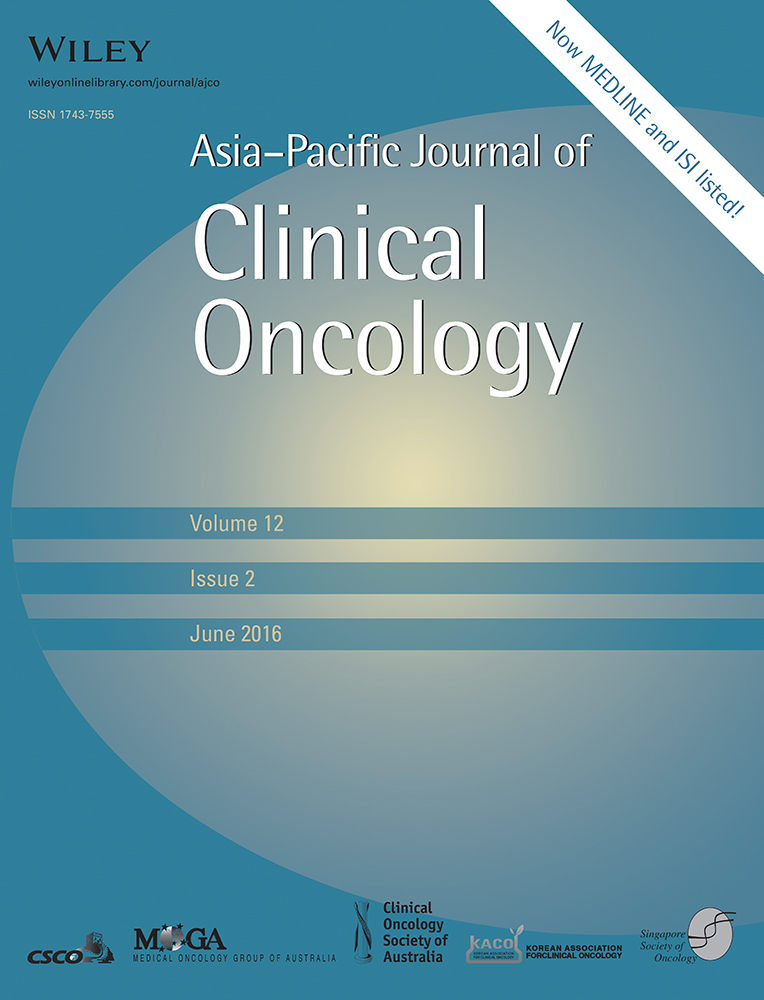Does primary tumor volume predict the outcome of pediatric nasopharyngeal carcinoma?: A prospective single-arm study using neoadjuvant chemotherapy and concomitant chemotherapy with intensity modulated radiotherapy
Conflict of interest: none
Abstract
Background
Nasopharyngeal carcinoma is rare in children and adolescents; however, it has a better prognosis than in adults. Nevertheless, its prognostic factors are not clearly documented.
Patients and methods
A prospective single-arm study was performed in 32 nonmetastatic Stages II–IV nasopharyngeal carcinoma (NPC) patients, below age 18 years. The treatment regimen included three courses of neoadjuvant chemotherapy (cisplatin and fluorouracil) followed by concomitant chemoradiotherapy (simultaneous integrated boost-intensity modulated radiotherapy [SIB-IMRT] with three cycles of cisplatin).
Results
All patients completed their prescribed treatment with tolerable acute side-effects. The 3-year overall (OS), event-free (EFS), local recurrence-free (LRFS), and distant metastasis-free (DMFS) survival rates were 83 ± 8, 77 ± 8, 92 ± 6 and 77 ± 9 percent, respectively. Although the median initial (pretreatment) gross tumor volume of the primary site (GTVp) increased with increasing stage, yet these differences did not rank to the level of significance. However, GTVp (with a cut-off value of 54.5 mL) was the only significant prognostic factor determining OS, EFS, LRFS and DMFS. On the other hand, age, gender, T stage, AJCC stage and footprint histopathological EBV did not have statistical significant impact on any survival rate. The late toxicity of this regimen was much lower than that reported with the conformal treatment.
Conclusion
Neoadjuvant chemotherapy and concomitant chemo-radiotherapy using SIB-IMRT led to excellent outcome with reduced late toxicity in juvenile nasopharyngeal carcinoma. GTVp is the sole prognostic factor that showed statistical impact on survival rates when applying this regimen.




